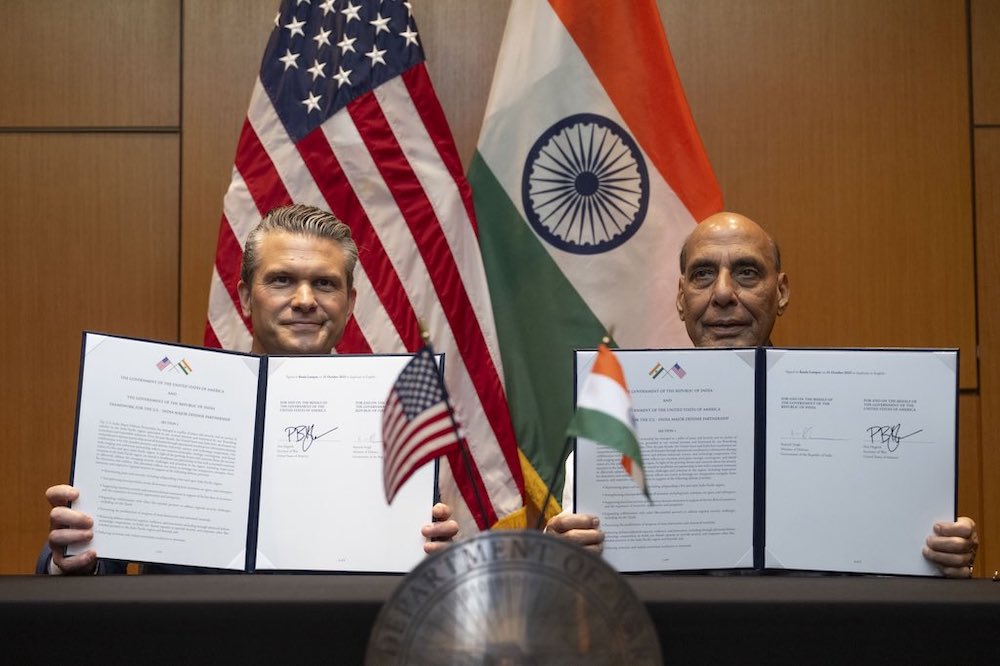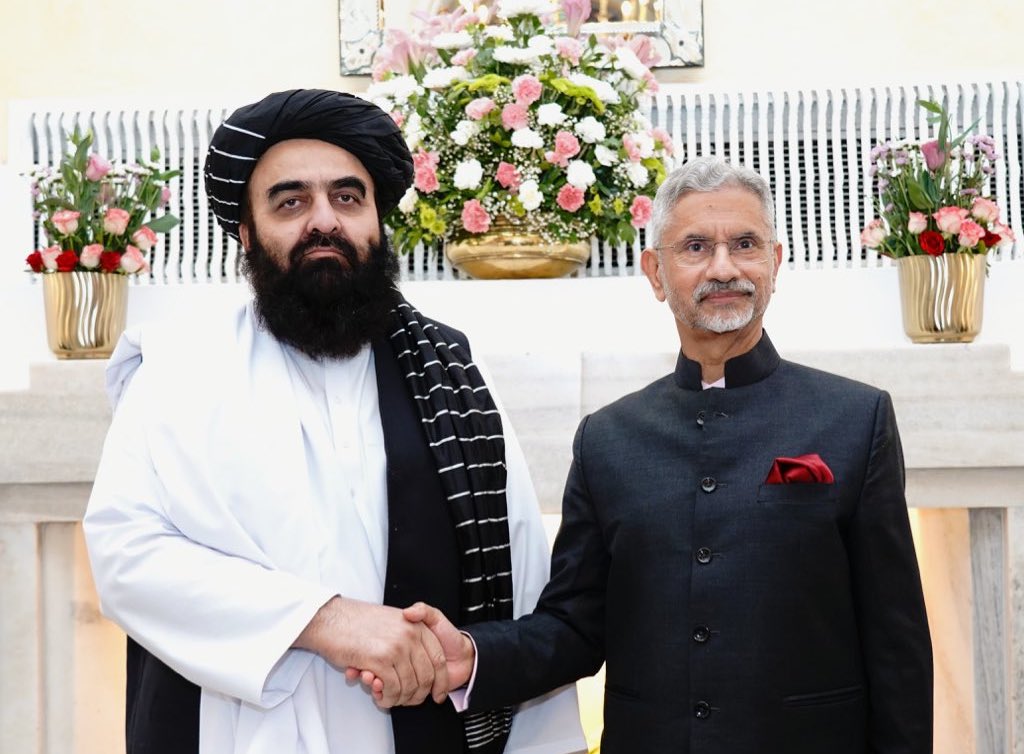 Google Image
Google Image
By Sapna Singh
The ongoing naval exercises between China and Pakistan in the Arabian Sea is being termed as more than just symbolism as the navies of both began sixth bilateral exercise titled - ‘Sea Guardian 2020’ strike unusual contrast for India’s relationship with Beijing at the time when India’s Northern Army Commander is on a five -day official visit across the frontiers, leading a military delegation on China’s invitation.
While the Informal Summit between PM Modi and President Xi Jinping at Mamallapuram in early December 2019, the designated Special Representatives met on December 21, at New Delhi, and agreed to intensify their efforts to achieve a fair, reasonable and mutually acceptable solution to the India-China boundary question in accordance with the directives provided by their leaders.
However, Beijing’s attempts to assuage Indian concerns over the long festering boundary question appear insincere given the timing and scale of the naval exercises with Pakistan, which may be seen as needlessly provocative by New Delhi.
Strategically, it is for the first time when two sides have fielded submarines, indicative of the steadily growing complexity of their military engagement.
According to China’s Global Times known as Chinese’ government mouthpiece, the nine day exercise include joint cruising, air defence, maritime interception, anti-submarine and live-fire shooting exercises at sea.
The inclusion of air defence, live firing and anti - submarine in the provides pointers to the larger strategic objective of increasing “inter-operability”, a term denoting the desire to achieve a higher degree of functional comfort, and harmonisation of tactical procedures between the two sides. It would be not lost on observers that this is China’s third significant naval engagement in the Western Indian Ocean region in the past month, closely following in the wake of joint naval drills between Russia, China and Iran in the Gulf of Oman, and a large scale military exercise titled “Sincere Partners – 2019”, organised jointly by China and Tanzania in Dar es Salaam, in the last week of December, 2019.
India has also signalled its resolve to firmly counter any inimical designs at sea by deploying the aircraft carrier INS Vikramadiyta, supported by other multi-dimensional platforms of the fleet.
With its integral airpower comprising fighter-jets and helicopters, Vikramaditya fields a unique capability, which is not available with Pakistan, or even with Chinese naval forces that currently operate in the Indian Ocean Region. The need for flexible airpower at sea is assuming growing salience for the defence of Andaman and Nicobar Islands, which need special attention due to their remoteness from mainland India, and steady ingress of Chinese naval power in their proximity, through the eastern approaches to the Indian Ocean.
It is not lost upon analysts that China’s quest to develop closer security relationships with countries of the Indian Ocean Rim, especially in the Western Indian Ocean, is underpinned by a larger geopolitical purpose of encroaching into the strategic space hitherto occupied by Western powers, and also undermining India’s regional influence.
Pakistan, which has nurtured close political and military ties with Beijing since many decades, is China’s closest ally helping it in the pursuit. In the last decade, the port of Gwadar, in Pakistan, emerged as a new geostrategic factor that has drawn the Islamic nation inexorably closer inside Beijing’s orbit. The development of Gwadar as a deep-water port is believed to be a long term strategic investment by China, which will eventually give a firm military and naval foothold to the People’s Liberation Army in extending its reach to the Arabian Sea and the Gulf region. China also feels vulnerable about the security of China Pakistan Economic Corridor, which represents the western axis of its oceanic access. Therefore, it is only natural that China is steadily enhancing the complexity of its military relationship with Pakistan.
Informed views indicate that the level of complexity goes much beyond tactics and ‘inter-operability’ emphasised during exercises. The collusive approach is most significant in transfers of technology concerning various types of cruise and ballistic missiles, sharing of exclusive military use communication equipment, ship and submarine construction, joint development of fighter jets, nuclear technology, new generation radars, torpedoes, and unmanned vehicles as also well-established intelligence sharing mechanisms. It is widely speculated that it is only a matter of time before China dispatches its aircraft carrier task force to the Indian Ocean for a show of strength, and for demonstrating power projection.
With Shandong, its first indigenously constructed aircraft carrier steadily moving towards achieving Initial Operational Capability, the PLA Navy will soon gain confidence to scale up its presence, over and above the existing deployment of anti-piracy task forces in the Indian Ocean. China has prepared the ground for optimum logistics support by expanding its first overseas military base at Djibouti, and more such arrangements could follow in the region.
Exercise “Sea Guardians 2020”, therefore, portends a lasting Chinese imprint on the strategic landscape in the region. Reeling under serious economic woes, and braving international pressure over terrorism, Pakistan is only too eager to capitalise upon its military intimacy with Beijing. The joint naval exercise completes a triumvirate begun by joint Army exercise “Warrior”, and joint air exercise “Shaheen”, conducted at regular intervals by the two militaries.
The story of Chinese naval ingress in India’s backyard therefore, is likely to get bigger and bolder. China respects power, and the fact is well known in Delhi.
The set of responses from New Delhi will need to focus on many dimensions, not the least on strengthening India’s offensive capability at sea, including development of seaborne airpower, and subsurface platforms of stealth. China’s dexterity in playing its card on the boundary question has a direct relation with its interests in the Indian Ocean, and the long view from Beijing has certainly not been amiss of diligence on this count.
Sapna Singh is a Delhi-based journalist.










